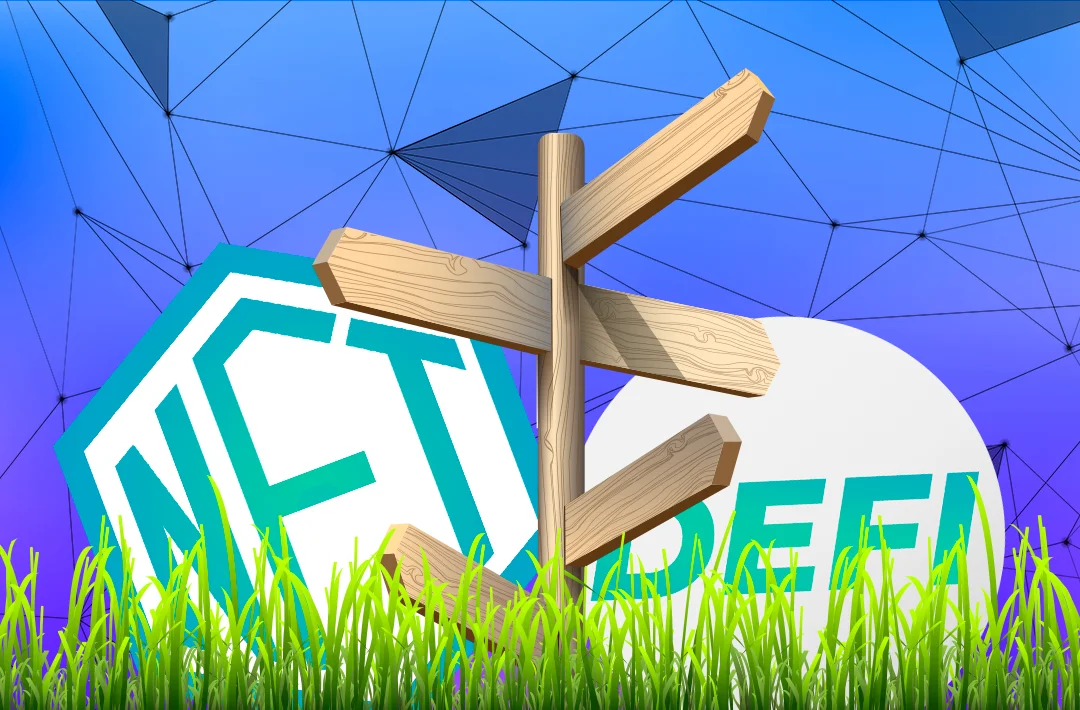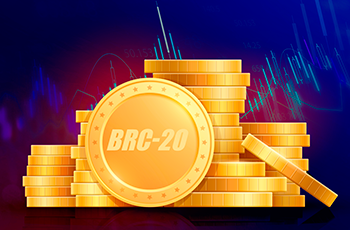Binance Research: The launch of Bitcoin Ordinals has led to the formation of an ecosystem with DeFi, NFT, and infrastructure sectors
Analysts recognize that the transformation of the project may be perceived by some investors as a departure from its original concept

09.02.2024 - 15:40
277
3 min
0
What’s new? Experts of the analytical division of the crypto exchange Binance have published a report on the state of the market of fungible tokens and NFTs based on bitcoin, the possibility of creating which appeared together with the launch of the Ordinals protocol and the BRC-20 standard. Binance Research writes that the bitcoin Ordinals market is in its infancy, but it has already been divided into several sectors, including DeFi, NFTs, and instruments, which contributes to the creation of a small but actively growing ecosystem.
What else is known? According to experts, the emergence of bitcoin NFTs and BRC-20 tokens last year catalyzed activity on the blockchain of the first cryptocurrency and attracted developers creating innovative projects. In addition, similar asset types began to appear on networks compatible with the Ethereum blockchain.
The popularity of such assets at the moment led to a significant increase in trading volumes and transaction fees. The bitcoin network saw higher transaction fees in the second half of the year, however, the asset’s dominance maintained a strong uptrend throughout last year, resulting in an increase from 40% to 50%.

Ordinals and Inscriptions: the fundamentals of BRC-20 tokens
We explain the distinctive features and ways of storing tokens and NFTs based on the blockchain of the first cryptocurrency
Under the influence of these factors, the bitcoin ecosystem may be significantly transformed in the coming years, analysts believe. They recognize that such changes may not be supported by some community participants, as they run counter to BTC’s perceived role as a store of value.
“However, continuous innovation is crucial for creating new, engaging use cases that can promote broad-based adoption. Thus, it’s intriguing to consider where Bitcoin could head next,” Binance says.
Thus, the ecosystem has already seen the emergence of numerous wallets, DeFi protocols, launchpads, marketplaces, and analytics platforms.
Among the innovative projects, analysts highlighted the bitSmiley protocol, which is preparing to launch a bitcoin-backed stablecoin, BitUSD, and created using the bitRC-20 standard, which is an improved version of the BRC-20 standard. Users will be able to issue BitUSD backed by bitcoin and use them in the ecosystem as a medium of exchange or store of value, as well as a unit of account. Later, bitSmiley plans to introduce bitLending lending service and credit default swaps.
At the time of writing, 59,9 million Inscriptions have been issued on the bitcoin network, with over $222 million paid as fees for their creation.
Earlier, Bitcoin Core developer Luke Dashjr said that the ability to issue bitcoin NFTs is the result of a blockchain vulnerability. According to him, Ordinals allows bypassing the limits set by users on the amount of additional data in transactions, masquerading as program code. Based on his talking points, the US Department of Commerce later recognized bitcoin NFTs as a cyber threat.
Dashjr’s proposal to eliminate the possibility of NFT creation in the Bitcoin network did not receive support from other developers.
Useful material?
Market
Due to supply shortages, the asset’s pre-market exchange rate was climbing above $1000
Dec 16, 2024
Incidents
Reports about the hacking of the exchange with calls to withdraw assets began to spread on December 13
Dec 13, 2024
Crypto regulations
Stablecoins from issuer Circle will not be affected by the changes
Dec 12, 2024
Crypto regulations
The platform will launch after meeting the preconditions of the local exchange authority
Dec 9, 2024
Market
The $1,1 billion figure was reached after the bitcoin correction
Dec 6, 2024
Crypto regulations
By early January, all open positions and loans of local users will be closed and repaid automatically
Dec 5, 2024









 Telegram
Telegram  Twitter
Twitter